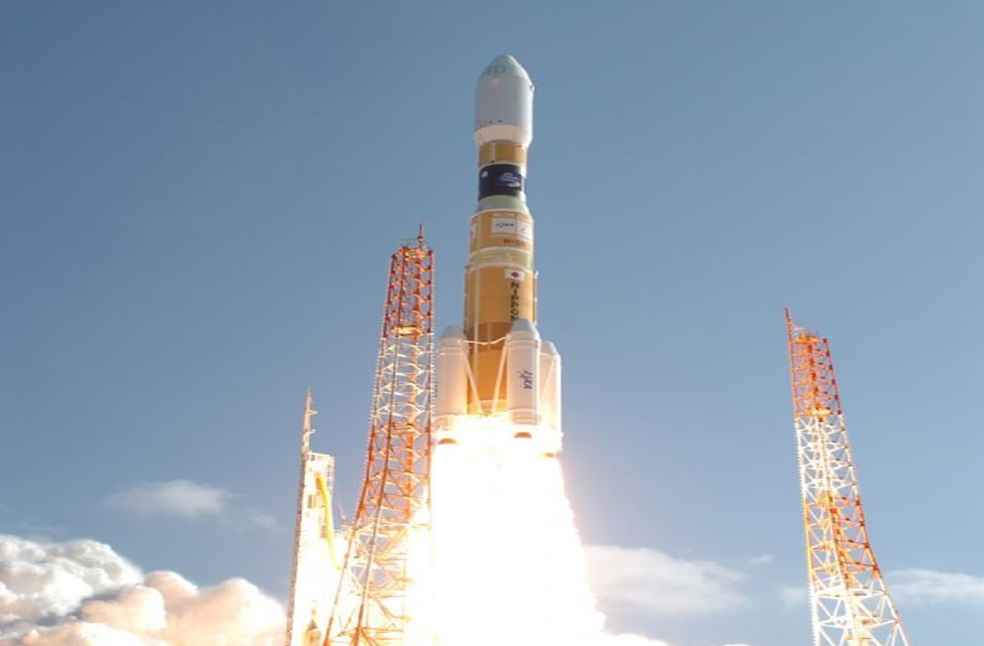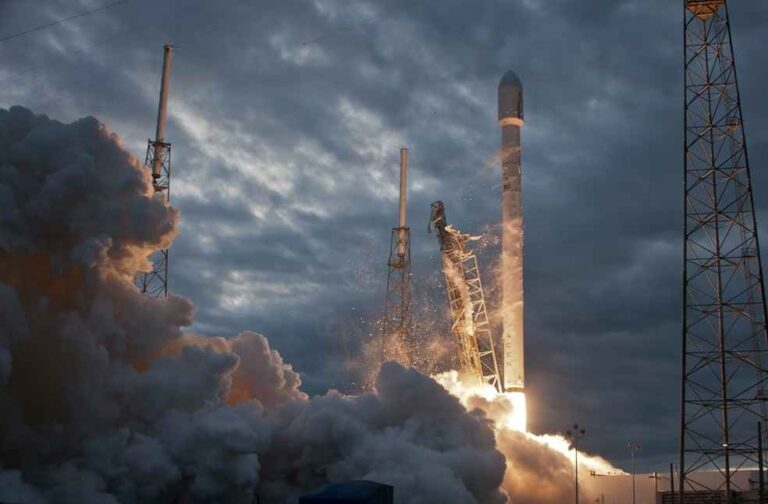Japan: The new H3 flagship rocket of Japan has been successfully launched In a key test. H3 lifted off from the Tanegashima Space Centre in the country’s southwest after a two-day delay due to bad weather.
According to reports from the Japan Aerospace Exploration Agency (JAXA), the rocket has reached an altitude of 420 miles (670 kilometers) and released two satellite.
At its debut launch last March, the H3’s second-stage engine failed to ignite due to possible electrical problems. The rocket had to be destroyed along with its payload, the Advanced Land Observation Satellite (ALOS-3), 14 minutes after lift-off.
Following the success of the second H3, JAXA president Hiroshi Yamakawa has stated that, “We feel so relieved to be able to announce the good results.” The JAXA President has commented that, “It took a big first step toward achieving H3’s goals of ensuring free access to space and proving it can compete with other countries in the growing international market for satellite launches.”

The launch continues a recent successful run for Japan’s space program, including sending an unmanned spacecraft to the moon last month. The H3 will succeed Japan’s current flagship rocket, the H-2A, which is set to retire after two flights.
JAXA H3 project manager Masashi Okada referred the result “perfect,” adding that the H3 had cleared all the missions set for the flight. “It feels like a huge weight has been lifted off my shoulders now,” he said.
The rocket was decorated with thousands of stickers bearing messages from well-wishers across the country. Two microsatellites, observation satellite CE-SAT-IE and TIRSAT were launched on H3. The rocket also carried a mock-up of the ALOS satellite, called VEP-4, which was not designed for launch.



